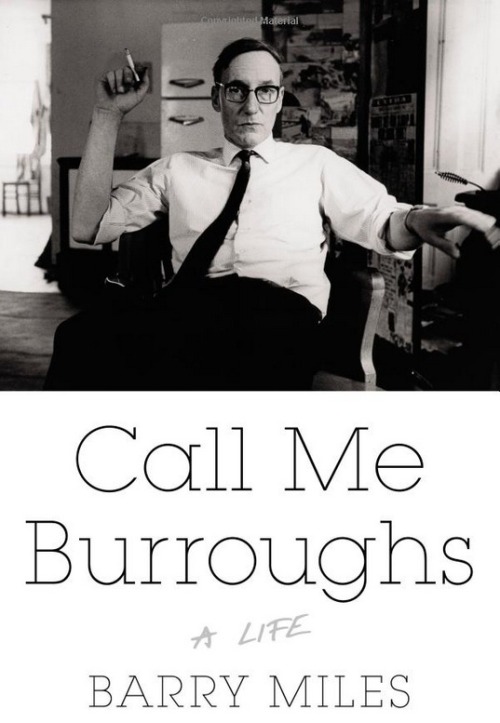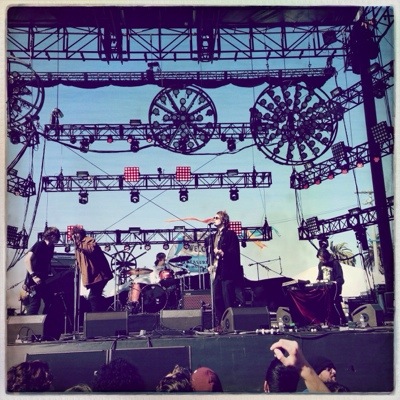
An artist who was once at one with the times tries (again) to reinvent himself
By Michael Goldberg.
Bruce Springsteen was once a myth, a myth we all could pretend was real. He was a myth the way Bob Dylan was a myth, is a myth.
During the Sixties it stopped being OK to be an entertainer. Musicians got onstage wearing the same jeans and t-shirts they wore around the house. It was cool to keep it real. But it turned out that the jeans and t-shirts were as much a costume as Elvis’ crazy stage garb.
So when Bruce Springsteen showed up in the early ‘70s with his leather jacket, his jeans and his motorcycle boots singing about the Jersey shore – one of the ‘New Dylan’s’ that were appearing with frequency — we wanted to believe it was real.
And I did believe it.
I didn’t think of Springsteen as a writer creating a persona, a cast of characters and a story that was ultimately spread across seven albums. I thought he was the guy singing stories from his crazy youth: ‘Rosalita’ and ‘Mary Queen of Arkansas’ and ‘Blinded By The Light’ and ‘Thunder Road’ and ‘Born To Run’ and all the others. Sure he was writing in an almost embarrassingly derivative style that owed everything to Dylan’s mid-60s surrealistic word games, but Springsteen pulled it off. And by 1973 the real Dylan seemed to be losing his luster anyway. (And soon enough Springsteen settled into his own voice and sound.)
I found a version of myself in Springsteen’s songs. When he sang in ‘Thunder Road,’ “It’s a town full of losers, I’m pulling out of here to win,” I knew that was me. Fuck yeah, I was going to become a successful writer, write for the New York magazines, leave all the chumps I’d put up with in high school and college behind.
Sure I was working as a copy boy at the San Francisco Chronicle in 1975, but that was gonna change. That was temporary, a way to pay the bills until I broke into the writing business.
In the late fall of 1975, two months after the release of Born To Run, Bruce Springsteen toured the west coast. There were five of us loaded into Karen’s car the night of October 29, 1975, Our destination was the Sacramento Memorial Auditorium in downtown Sacramento, the state capital, a two-hour drive north east of San Francisco. Two hours? We didn’t care. I mean this was our chance to see Bruce Springsteen!
In the car were me, my girlfriend Leslie, my best friend Dave, Dave’s girlfriend Karen and another friend, Dana, who co-led a band with Dave. Springsteen was also playing at the Paramount Theater in Oakland, but that show was sold out, and anyway, there was something romantic, Springsteenesque even, about driving two hours in the early evening to Sacramento, a town seeming stuck in the past. The Sacramento Memorial Auditorium, after all, had been built in 1926, and it looked it. It was like time-traveling when you passed through the front doors – it’s one of those grand old theaters.
For the rest of this column, head to Addicted To Noise.










